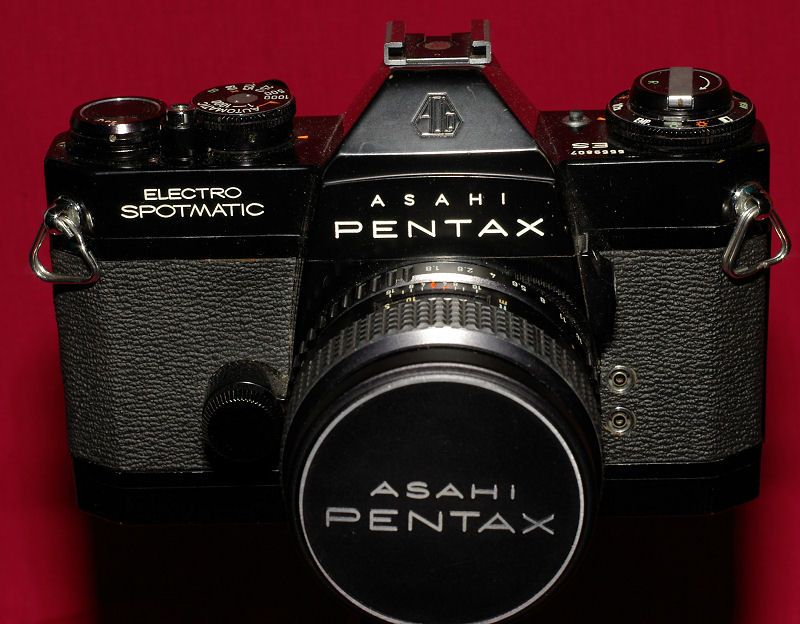Trius
Waiting on Maitani
Ah, well yes, having the shutter speed dial in the RIGHT place, a la the OMs, would be a bonus.
Edit: Gene, that's a wonderful idea. I think we are the most creative people on earth when it comes to "reasons" we need to pump eggs, bacon etc. into our bloodstreams. 🙂
Should be sometime in March, I'll email directly. I'm also going to start a "Spring GTA/RFF gathering" thread later today. 😀
Edit: Gene, that's a wonderful idea. I think we are the most creative people on earth when it comes to "reasons" we need to pump eggs, bacon etc. into our bloodstreams. 🙂
Should be sometime in March, I'll email directly. I'm also going to start a "Spring GTA/RFF gathering" thread later today. 😀
Last edited:



